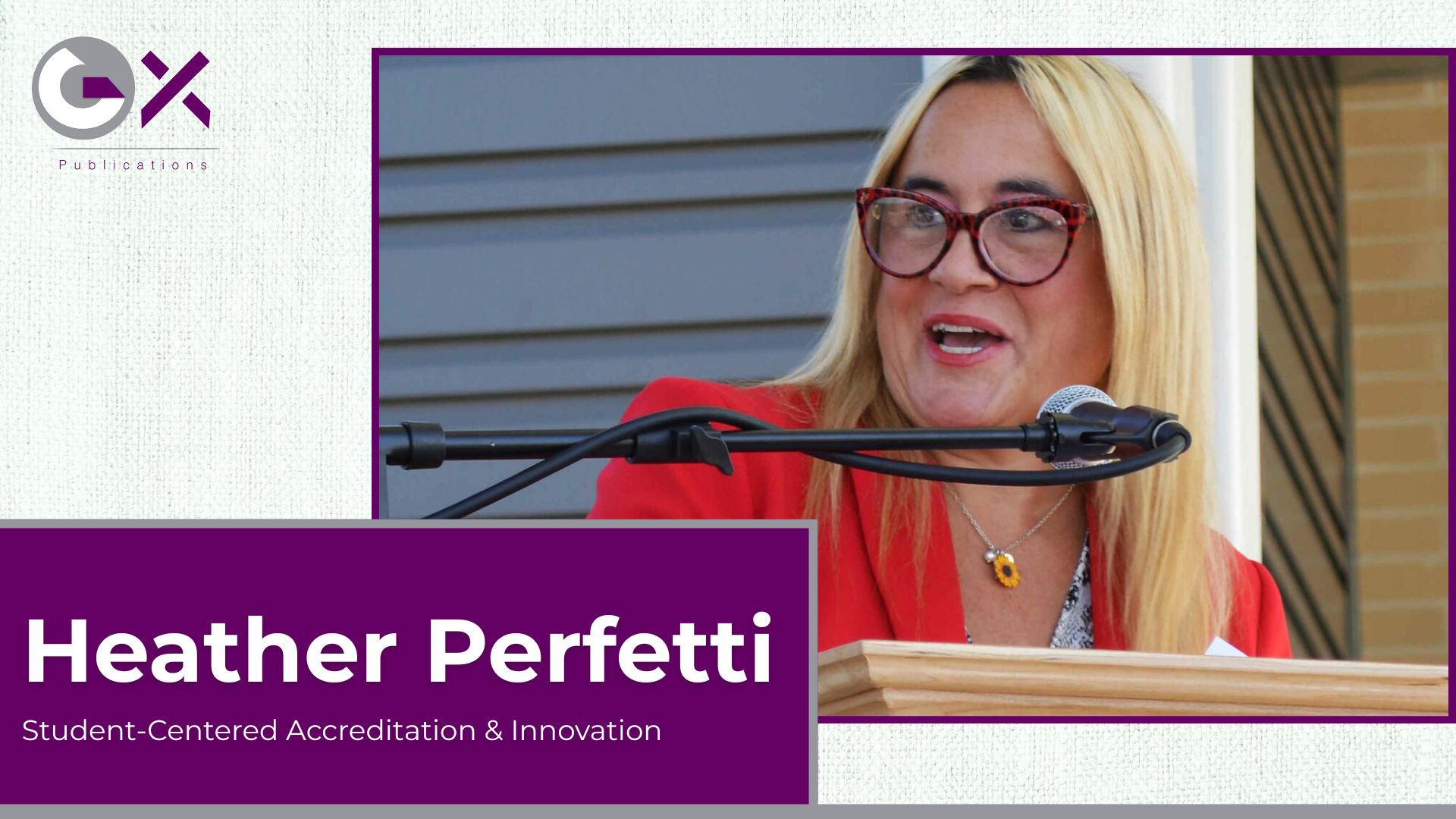
“As an institutional accreditor, we are student-oriented, and I want to stress that we do not create barriers to innovation or student success.”
These powerful words from Heather Perfetti, J.D., Ed.D., President of the Middle States Commission on Higher Education (MSCHE), reflect a vision of accreditation that goes beyond compliance. They highlight a philosophy where accreditation is not a hurdle but a supportive framework designed to foster institutional creativity, flexibility, and student achievement.
In higher education, accreditation is often viewed as a technical process focused on standards, reports, and evaluations. While these are important, leaders like Dr. Perfetti remind us that the true purpose of accreditation is student success. The goal is not simply to enforce rules, but to ensure that institutions can adapt, innovate, and deliver high-quality education that meets the evolving needs of learners.
This student-oriented approach acknowledges that universities and colleges must continuously transform. From new technologies in classrooms to flexible learning models, innovation has become essential. Accreditation should not stifle these efforts; rather, it should encourage institutions to experiment responsibly while maintaining academic rigor.
The phrase “we do not create barriers” is especially important in today’s context. Higher education institutions face growing challenges: rising student expectations, financial constraints, and the need to prepare graduates for a rapidly changing workforce. To remain relevant, universities must be flexible embracing digital tools, competency-based education, and interdisciplinary learning.
At the same time, flexibility must coexist with accountability. Accreditation ensures that while institutions innovate, they also uphold rigorous standards of quality and integrity. This balance between rigor and innovation is what sustains trust in higher education systems worldwide.
For learners, the impact is direct. When accrediting bodies prioritize innovation, students gain access to modern, inclusive, and future-ready education. Programs can be redesigned to integrate emerging fields, online and hybrid learning models can be expanded, and institutions can craft pathways that are personalized to student goals.
Most importantly, this approach emphasizes that students are at the center of the accreditation process. Quality assurance is not about ticking boxes it is about ensuring that learners graduate with knowledge, skills, and opportunities that empower their futures.
At GlobalX Publications, we celebrate this vision of accreditation that balances high standards with innovation. Our mission aligns with showcasing thought leadership in higher education, where student-centered practices guide every decision. We believe that true educational progress happens when institutions are given the freedom to innovate responsibly, while still being accountable to the communities they serve.
By highlighting leaders like Dr. Perfetti, we aim to amplify conversations that shape the future of education conversations that place students at the heart of policy, practice, and progress.
As higher education continues to evolve, the words of Dr. Perfetti resonate strongly. Accreditation is not just about compliance; it is about empowering institutions to be agile, creative, and committed to learners’ success. At GlobalX Publications, we view this as a call to action for educators, policymakers, and institutions alike: keep students at the center, and innovation will naturally follow.